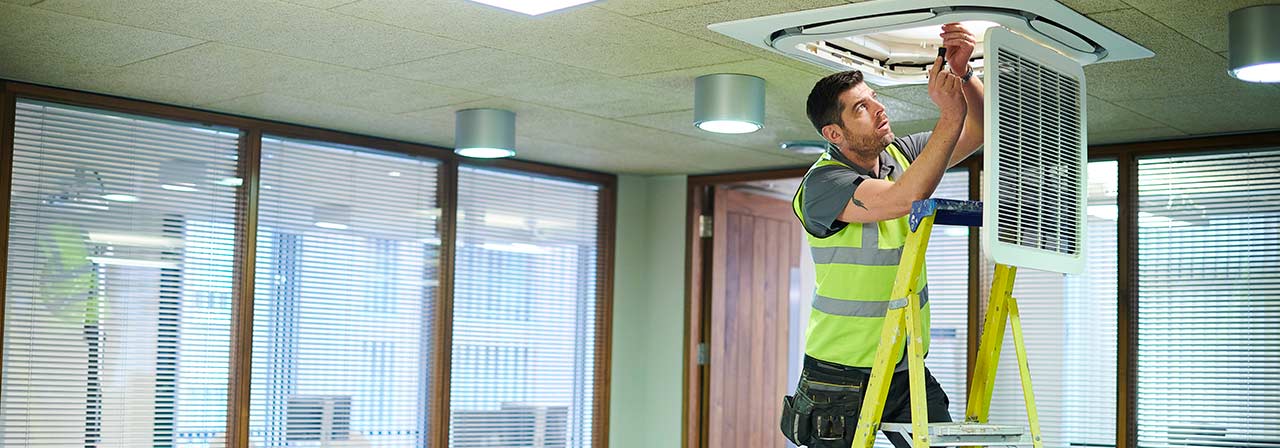Why real estate is starting to go electric
Phasing out gas and diesel from buildings is one big way property owners can hit environmental targets
Efforts to power buildings entirely by electricity are starting to take shape amid a concerted push in the real estate industry to ramp up its green credentials.
Real estate is a major contributor of carbon emissions due in part to air conditioning systems running on fossil fuel-powered electrical grids, heating provided by natural gas boilers, and diesel generators used for back-up power.
With switching buildings to electricity a potential game changer – similar to the electric shift taking place in the auto industry – companies and governments are starting to make the move.
Computer software company Adobe is building what it says is the first all-electric office building in California. Lendlease and Australia’s GPT Group have electrification high on their agendas, making it a key focus within their energy masterplans alongside reducing high-energy demand periods, off-site renewable energy procurement, and on-site battery storage.
“Electrification is the direction everyone is moving, as it is one of the most important tactics for decarbonising our sector,” says Ian McDonald, a director in energy and sustainability at JLL.
Time for action
The rising pressure for climate action is already pushing broad shifts in the commercial real estate industry. The Global Real Estate Sustainability Benchmark, or GRESB, reported a 22 percent leap in participation in 2020 as global investors, pension funds and financial institutions demand ESG performance be incorporated into the risk-adjusted returns of their investments.
“Businesses need to adopt a total systems approach to managing risk around social inequality, climate, and regulation, then seize the commercial opportunity through effective measurement and investment into net-zero carbon technology solutions,” says Guy Grainger, Global Head of Sustainability Services and ESG, at JLL.
Governments are also making policy moves to pull the property industry in line. The UK, for instance, has just confirmed a ban on fossil fuel heating systems from new homes by 2025 in line with the country’s 2050 net zero commitments. California is encouraging and even in some cases mandating all-electric buildings, as well as providing incentives for the use of electric heat pumps over gas boilers.
Looking for more insights? Never miss an update.
The latest news, insights and opportunities from global commercial real estate markets straight to your inbox.
Heat pumps and heat recovery chillers, which are used where heating and cooling are required simultaneously, are the technologies that enable building electrification. Heat pumps can provide either heating or cooling and are three to five times more efficient than natural gas boilers. Artificial intelligence is making the technology even more efficient.
Retrofitting hurdles
While electrification is relatively straightforward and affordable in new buildings, upgrading existing buildings is more challenging.
“With the shift to decarbonisation of the electricity grid in Australia, building owners are reassessing their long term asset replacement strategies to incorporate all electric options with the view to reducing emissions long term,” McDonald says.
Investment Opportunities
Meanwhile, pushing to eliminate natural gas in buildings, the Green Building Council of Australia has set a new requirement that buildings must be “genuinely” net-zero, including fully electric, fossil fuel-free and 100-percent powered by renewables, to achieve the highest possible six-star rating. It is the biggest overhaul of its rating system in 18 years.
“COVID-19 has heightened our collective understanding of risk and demonstrated our ability to change behavior when we have to,” Grainger says. “Now we need to maintain the need for rapid action, applying ourselves and organisations to net-zero.”
Contact Ian McDonald
Director - energy and sustainability, JLLWhat’s your investment ambition?
Uncover opportunities and capital sources all over the world and discover how we can help you achieve your investment goals.




